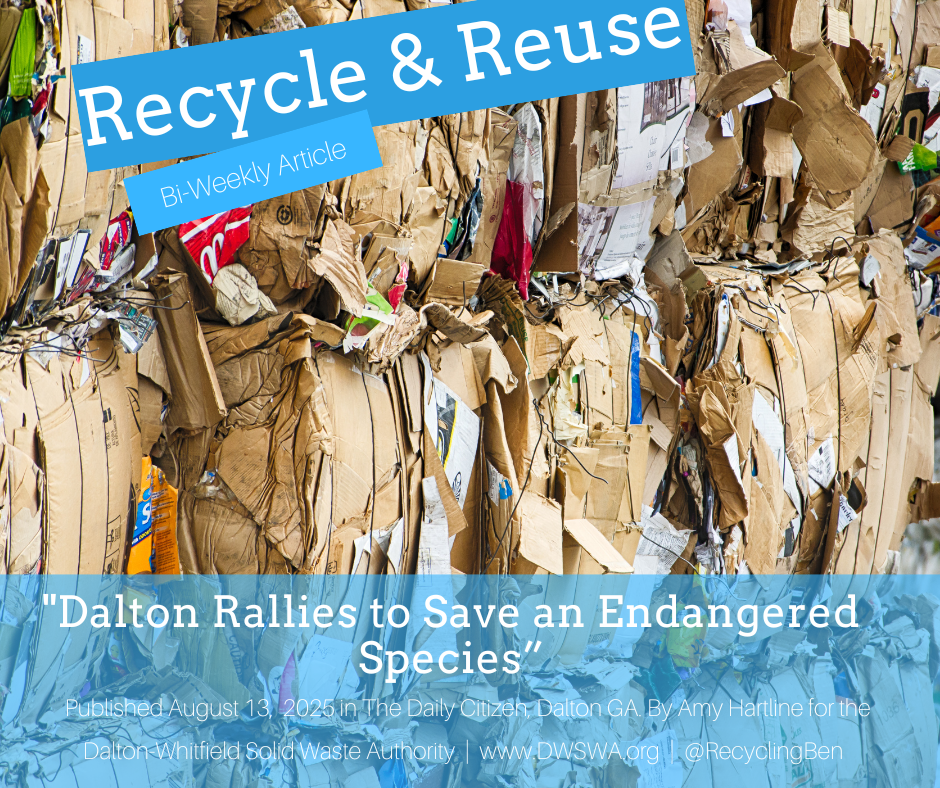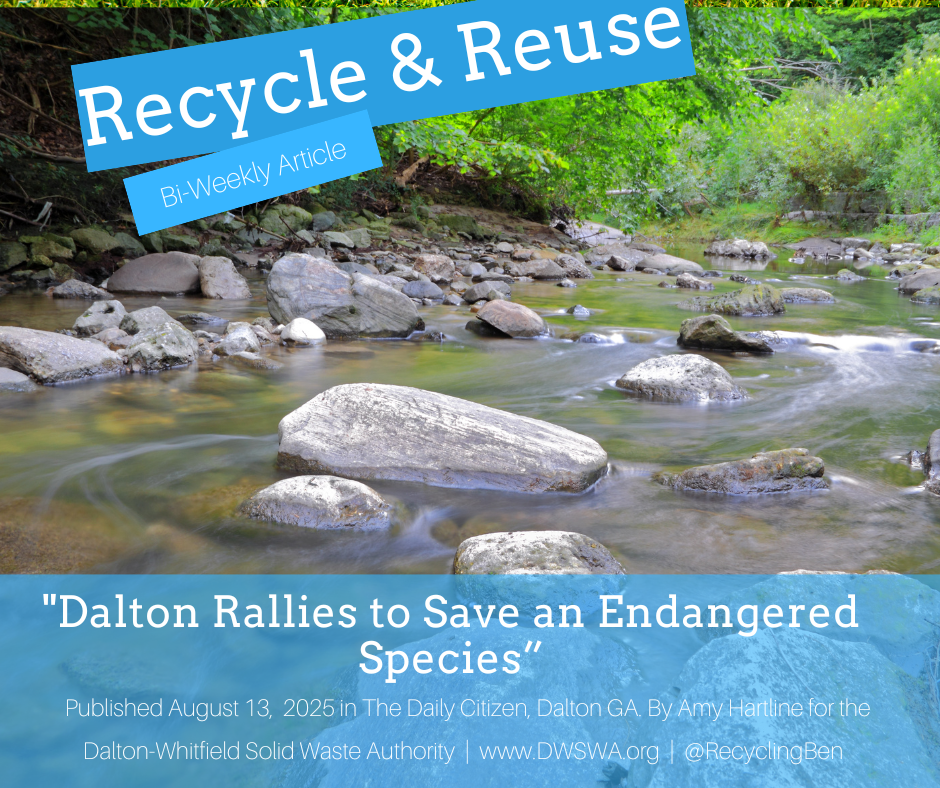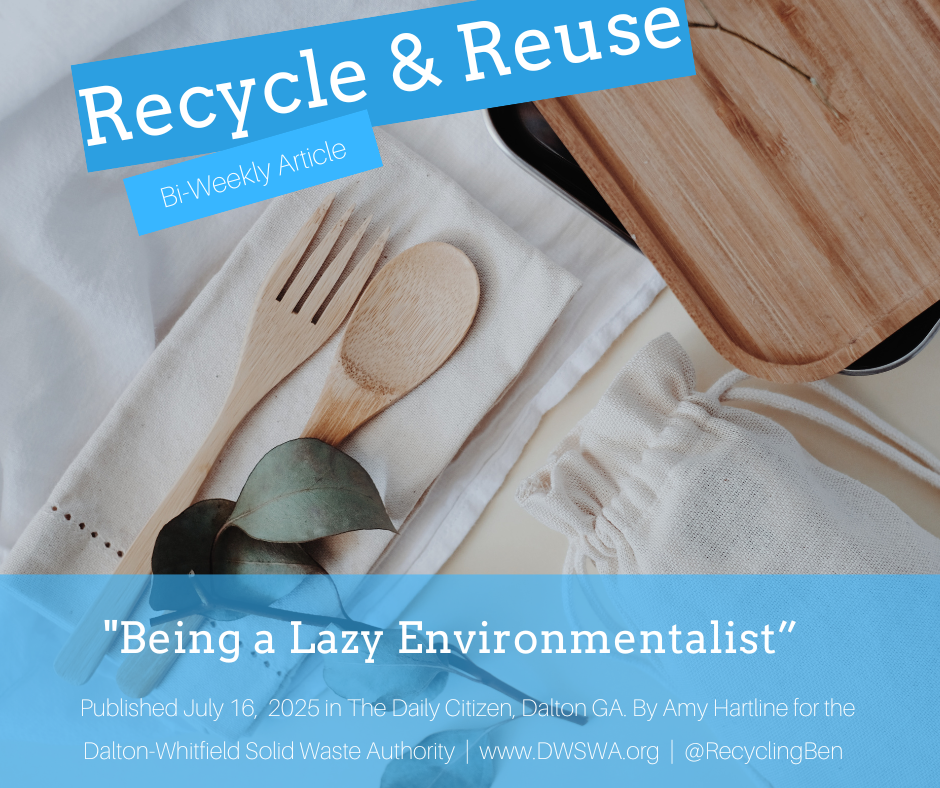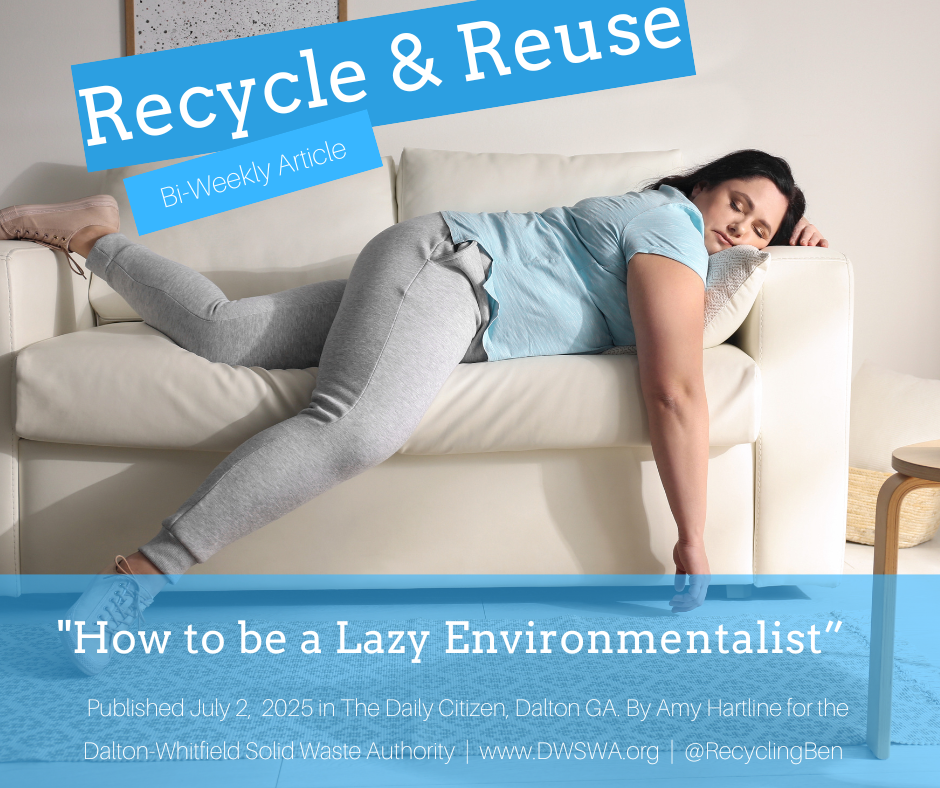Easy ways to troubleshoot your compost pile
/More and more people are starting to experiment with composting as gardening has taken off as a hobby in 2020 and people are learning more about the problems of food waste in America.
If you are having to dispose of large pieces of fruit or produce and find it is having a hard time breaking down or that you are having an issue with pests, try cutting each piece up or throwing it in a blender or food processor before putting it in your compost.
The average person wastes 219 pounds of food every year, according to Recycle Track Systems, and without a routine of composting all of these pounds will end up preserved in a landfill, or worse, as litter.
If you’ve been composting for a while, you may have run across a few problems. Most issues with composting can be pared down to a few simple reasons with easy fixes by troubleshooting.
The most issues that occur with composting are due to the ratio of browns to greens being off. For every one part of green material which is the nitrogen-rich materials, such as food waste or grass clippings, you should put in two to four parts brown material, which is carbon-rich materials such as dead leaves or newspaper shreds. Determining what ratio works best for your pile may take some trial and error.
If your ratio is off, you may have problems such as dead leaves not breaking down or bad smells. Your compost should smell like earth or a garden and not stinky. For rotten-smelling compost, add in more brown material and consider adding in deciduous sawdust for the fastest solution. You will need to bring in more green material for compost that smells like ammonia or if your materials like dead leaves aren’t breaking down.
Unless you are vermicomposting (composting with worms), you need to be very aware of any critters or pests attracted to your compost. Small pests like gnats, pill bugs and fruit flies can be kept out in the beginning by using a filter fabric or even a tarp — just make sure to place it before they have a chance to lay eggs and to get them out of your pile, or work to make the pile hotter by turning it more often.
Small pests and bigger ones like raccoons or rats are attracted to your food scraps which may be one of the main reasons you started to compost. To cut down on the likelihood of your kitchen scraps attracting pests, cover your compost with a tarp or fine wire mesh, place your kitchen scraps toward the middle of your pile when you first put them in and cover the top, bottom and sides in straw to hide the scent. If your compost pile has already attracted larger pests, make sure to move it before using these tricks because they will remember where they found their last dinner!
Finished compost will feel like the soil you can buy at any gardening center, but what went wrong if you go to pull it out and it is slimy? This is a problem I recently had because I use a paint gallon-sized bucket for my compost which is generally considered very small. The size had meant that all of my larger pieces in my compost had matted on top and on the sides. That density meant that little to no air was making its way through my compost. If you are having a similar problem, start turning your compost more and shred your pieces into smaller sizes.
If your pile is soggy and slimy but big, this is most likely due to wet weather, which we have had quite a bit of lately! The same principle of turning your pile more often can help, but an easier solution for you would be to over it with a tarp. Using a black or dark colored tarp can even help your compost get hotter and produce faster.
The problems with compost can be varied, but if you know just a few of these tips you can most likely have it fixed in no time. Most of the solutions will involve checking your ratio, tarping or covering your compost, and making sure you are turning it often enough. Just like our waste, our compost piles are all unique so the ways to troubleshoot and fix your compost problems could have multiple solutions. You just have to find them.
Amy Hartline is the recycling and education program coordinator for the Dalton-Whitfield Solid Waste Authority. Have a recycling question? Contact her at (706) 278-5001 or at ahartline@dwswa.org.
































